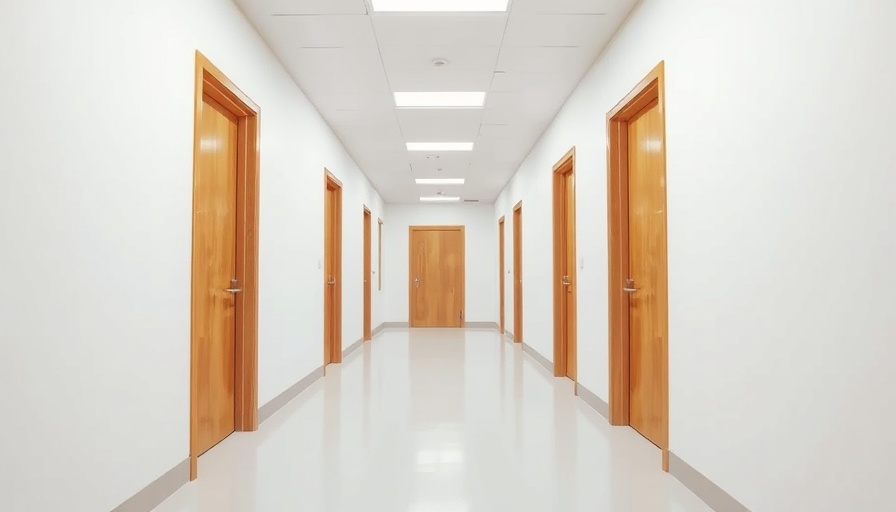
Understanding Wayfinding in Senior Care Facilities
As the population ages, the design of senior care facilities must adapt to the unique challenges their residents face. Wayfinding, the ability to navigate through spaces, is critical in these environments where residents may often feel disoriented. Aaron Woodward, a senior designer with Kolano Design, points out common wayfinding obstacles that can complicate life for seniors. He emphasizes that when all areas appear uniform—endless hallways and repetitive layouts—it becomes increasingly difficult for residents to orient themselves and feel at home.
Redesigning Spaces: Visual Markers Matter
One effective strategy designers can employ to enhance wayfinding is the use of visual markers. These could include distinct door frames, unique artwork, or even color variations in different areas to create visual breaks along long corridors. In Woodward's view, these small adjustments make a massive difference: "Incorporating points of interest can empower residents to locate themselves confidently," he states. This suggestion not only acknowledges the need for functionality but also creates an aesthetically pleasing environment.
Personalizing the Experience: Listening to Residents
Another viewpoint worth noting is the value of staff insights when it comes to making adjustments post-occupancy. Staff members, who observe the daily navigation challenges faced by residents, become invaluable resources for the design team. Often, modifications made after a facility opens can involve adding supplementary signage or rethinking spatial layouts. According to Woodward, it’s not just about wayfinding but ensuring the spaces resonate emotionally with residents and feel inviting.
Fostering Community Connections Within Facilities
Creating communal areas may significantly impact wayfinding challenges. By ensuring that common spaces are easily accessible and welcoming, residents can locate not just their rooms but also the vital community touchpoints—like lounges or dining rooms—that enhance their quality of life. As Woodward indicates, "A well-designed space can naturally draw people in, guiding them to their destinations without the need for constant signage. This human-centric approach promotes a sense of belonging, which is crucial in senior living environments."
Your Role in the Design Process
For family members and caregivers, understanding the importance of wayfinding in these facilities is key. Engaging in discussions with facility administrators about design elements that assist in navigation can help improve the overall living experience. The journey toward a well-designed senior care space is a collaborative one, and residents' needs should always be at the forefront.
Final Thoughts on Designing for Seniors
Ultimately, addressing wayfinding challenges in senior care facilities is about enhancing the residents' quality of life. Through thoughtful design and continuous feedback, we can create spaces where seniors feel safe, respected, and empowered. The goal is to cultivate environments where they can thrive, navigate their homes with ease, and, most importantly, enjoy their golden years.
 Add Row
Add Row  Add
Add 




 Add Row
Add Row  Add
Add 

Write A Comment